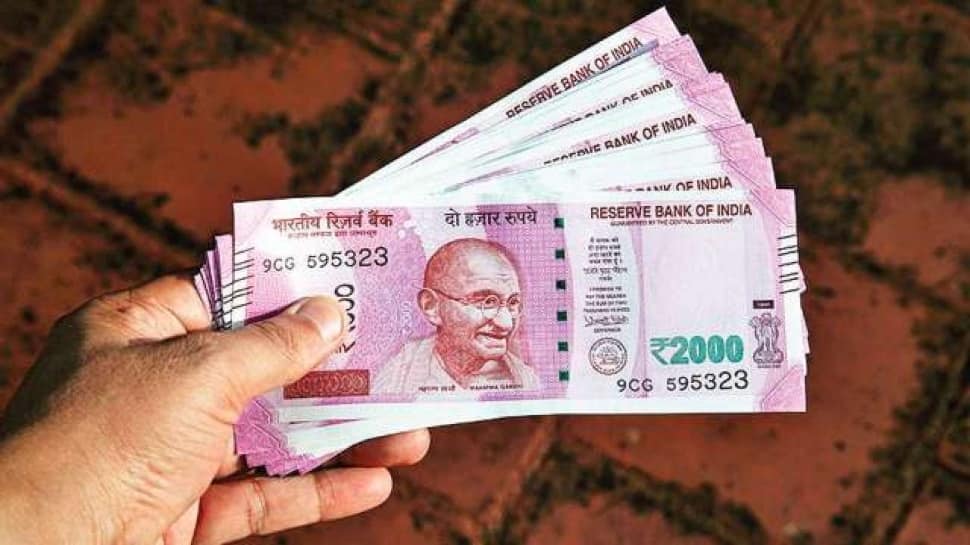
7th Pay Commission: Central govt employees getting a hike with arrears in March? Here’s what you need to know
Zee News
Currently, the total Dearness Allowance (DA) is 31%, with the possibility of increasing to 34%.
New Delhi: There is some good news for employees of the Central Government. If you are also waiting for DA arrears, there is great news for you in the month of March. The Modi government has the option of increasing the Dearness Allowance by 3% before Holi. This hike will go into effect on January 1, 2022. According to Moneycontrol.com (Hindi), employees will receive their full wage in March, which would include covering DA arrears. These DA arrears will be for the months of January and February's salary.
Shiv Gopal Mishra of the National Council of JCM was mentioned in an earlier report by Zee Business as saying that the DA arrears of Level-1 employees varied from Rs 11,880 to Rs 37,554. Employees at Level-13 (7th CPC basic pay scale Rs 1,23,100 to Rs 2,15,900) or Level-14 (pay scale) will owe Rs 1,44,200 and Rs 2,18,200 in DA arrears, respectively. If the Union Cabinet approves, central personnel and nearly 65 lakh pensioners will continue to benefit from the related benefits.
Currently, the total Dearness Allowance (DA) is 31%, with the possibility of increasing to 34%. With the government's 3% increase, the DA will rise to 34%. Employees will be able to receive the allowance for the months of January and February, as well as arrears in their income for the month of March, beginning on January 1, 2022.
Central government employees are paid a Dearness Allowance of 31%. The most recent increases were made in July and October 2021, following a months-long halt due to the Covid-19 pandemic. In October, the Union Cabinet increased dearness allowance and dearness relief by 3% to 31% to help 47.14 lakh Central Government employees and 68.62 lakh retirees.
Dearness Allowance is a component of government employees' and pensioners' salaries. In order to keep pace with rising inflation, the federal government revises DA and DR benefits twice a year, in January and July. Employees' DA differs depending on whether they work in the urban, semi-urban, or rural sectors.
